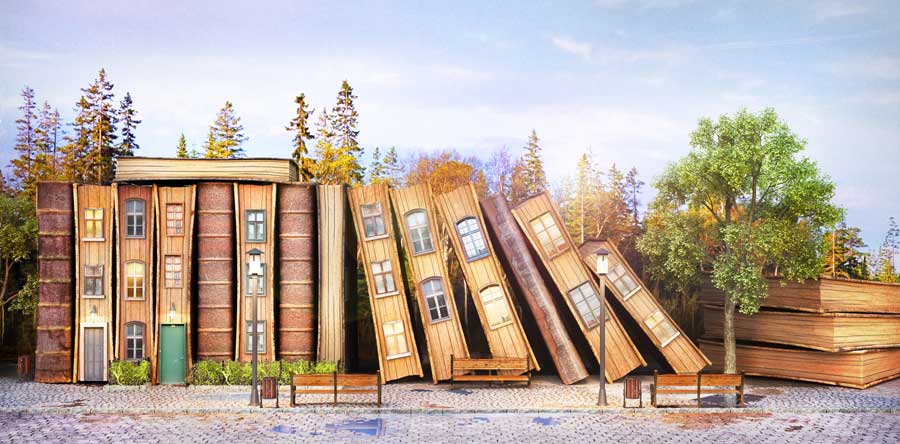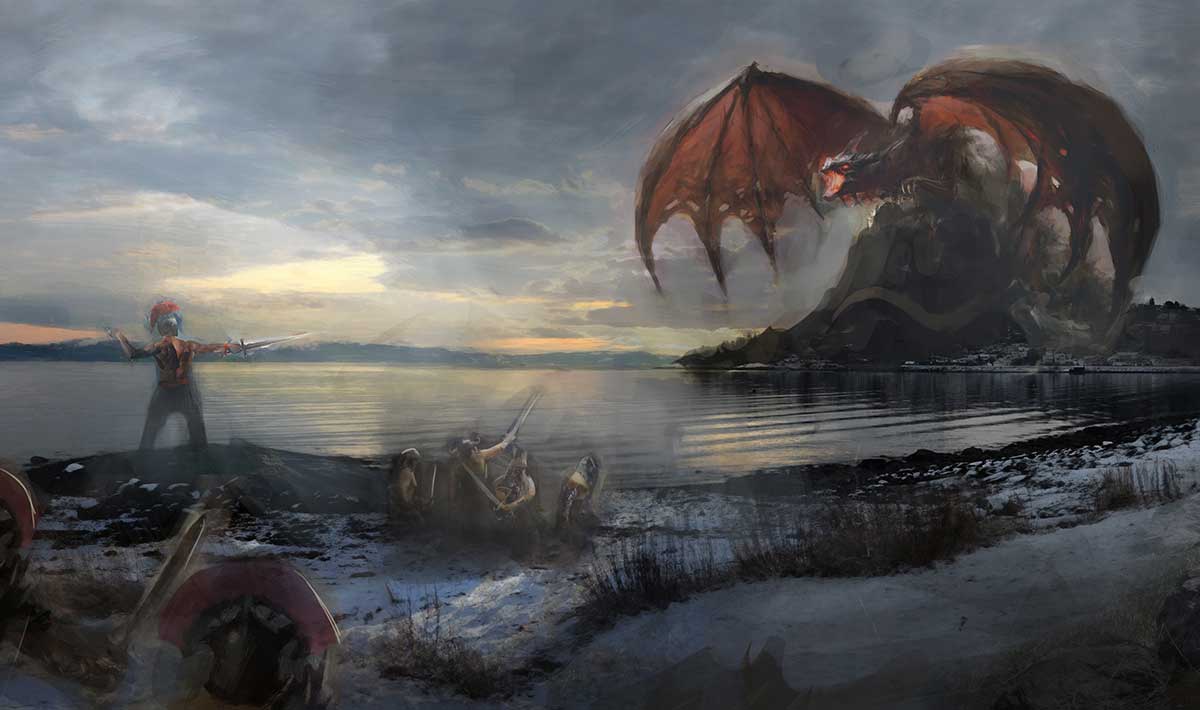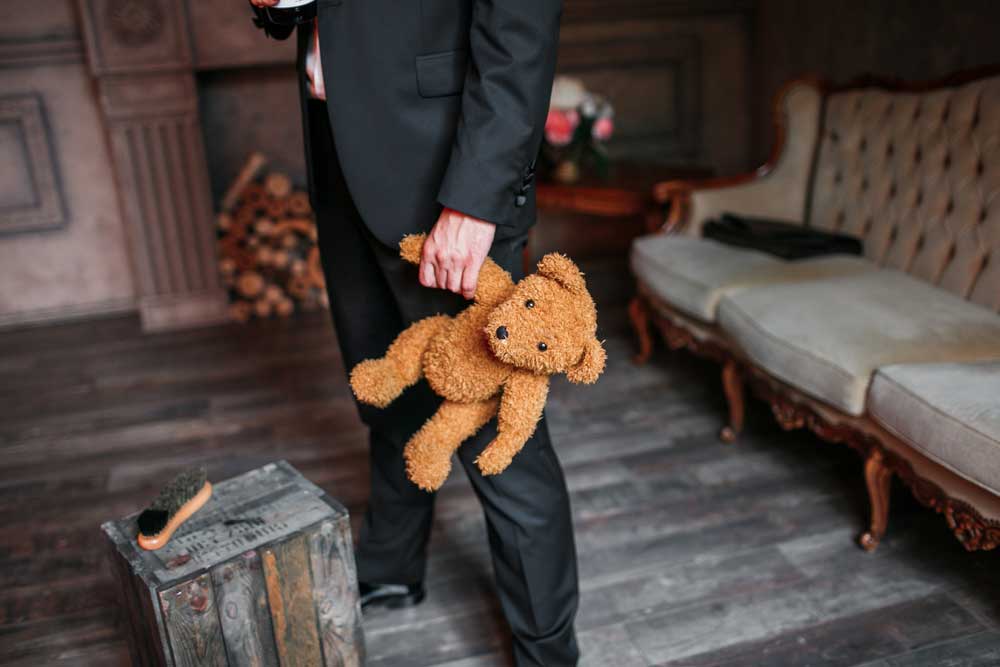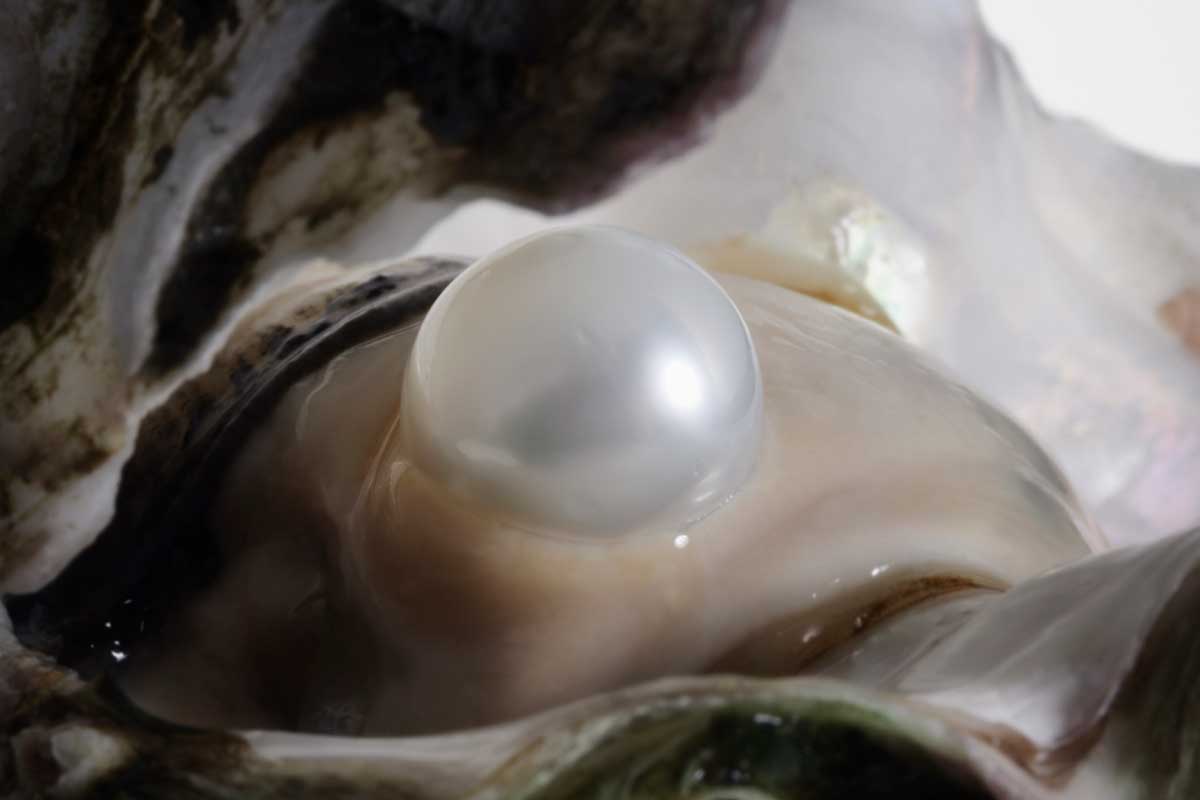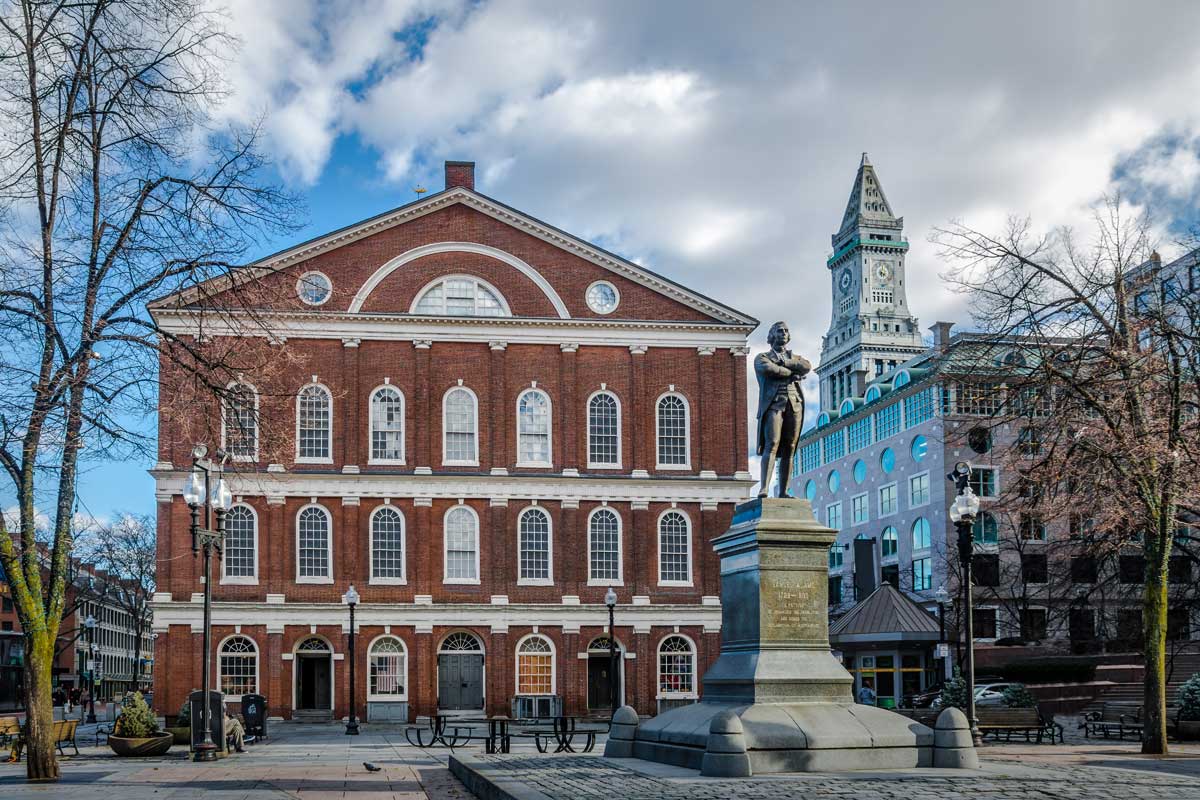Feature
The Fairy Tale Wars
Lewis, Chesterton, et al. Against the Frauds, Experts & Revisionists
Why is it that so many of the people who make fairy tales their business, who, one might say, "rule the roost" in that "business," are keen to persuade us that the worth or commendableness of these venerable stories is diminished by their age, impaired by old prejudices that our enlightened, up-to-date standards refute and mustn't tolerate? Over the years, when teaching children's literature in the college classroom and writing about it, I have been conscious that I view fairy tales very differently from those who have laid scholarly claim to them. And while I have dismissed their opinions, seldom have I addressed the "guild" outright. In this instance, I believe it is wise to examine, however briefly, the matter I have posed, in order to move on to several much more crucial questions, namely: "What is the value in fairy tales, and why should we introduce them to our children?"
The Critics
Two influential literary critics who have written on children's literature are Roger Sale and Maria Tatar. The late Roger Sale turned his attention to children's literature earlier than most. To his credit, in his book Fairy Tales and After: From Snow White to E. B. White (1978), he discloses his personal beliefs and the professional commitments that affect how he reads and interprets fairy tales. He states that he is attracted to J. R. R. Tolkien's and Elizabeth Cook's argument that the great fairy tales evoke the race's deepest religious "longings and possibilities" and open one to
(here quoting Cook) an experience "of the strange, the numinous, the totally other." Nonetheless, he confesses that he finds himself "looking through this door . . . only at a distance," adding,
I think I [have] wanted them [the fairy tales] to have this effect on me more than they actually did, or now have. . . . My feelings give me a position between that described by . . . Tolkien—where one is stilled when confronted with the totally other—and that of a scholar, whose search for evidence is totally secular.
Sale's difficulty is not about a choice of method. For a "secular" method is not neutral, as is so often claimed. At best, it is indifferent to religion, and at worst, it opposes religion wherever it detects it. Sale's stumbling block is a failure of belief and a refusal to permit religion to enter into the "sacred" temple of secular scholarship. Perhaps if he were more forthcoming about his own disbelief, he would not overlook, trivialize, or dismiss the religious elements in the tales of the Grimm Brothers or Hans Christian Andersen, or in Kenneth Graham's The Wind in the Willows. Perhaps he would have included a chapter on C. S. Lewis's Narnia Chronicles instead of disposing of them in a single sentence as "brittle, mechanical, and naggingly preachy." Or is it that once one has knelt at the altar of secular scholarship, religious belief becomes taboo?
There is one other facet of Sale's tortuous stance on fairy tales that calls for attention. Sale begins his assessment of the worth of the classic fairy tales with a harsh assessment of the world from which they sprang. He states: "When I think of the world out of which 'Snow White,' 'The Juniper Tree,' 'The Goose Girl,' 'Hansel and Gretel,' and many others came, I shudder and I am grateful I am not asked to be good, to be me, to be alive, in that world." C. S. Lewis gave a name to this breed of literary mindset. He called it "chronological snobbery."
Sale's snobbery calls into question not only the value of the Grimms' fairy tales, but also the stories of Charles Perrault, Madam D'Aulnoy, Madame De Beaumont, and Hans Christian Andersen, all of whom imaginatively make present a world that he judges to be virtually subhuman, a world in which, he believes, individuals are gravely hindered from becoming agents of goodness or secure in their own identity. But if this is so, why, one must ask, would we ever, under any circumstances, choose to expose our children to these stories or, for that matter, to Homer's Iliad, Virgil's Aeneid, Dante's Divine Comedy, or even the Bible?
Maria Tatar, in Off with Their Heads! (1992), speaks for most of her peers when she laments: "Defenders of fairy tales often fall into the trap of elevating these stories into repositories of higher truths and moralities," when it ought to be recognized that
printed fairy tales are colored by the facts of the time and place in which they were recorded. It is especially odd that we continue to read to our children—often without the slightest degree of critical reflection—unrevised versions of stories that are imbued with the values of a different time and place.
Tatar then ponders what might be done to avoid or correct the errors she attributes to others. She asks:
How do we preserve the fairy-tale canon even as we divest it of the 'wisdom' of another age, of cultural constructs that are irrelevant or inappropriate for the child to whom the tale is read? One obvious response is to rewrite the stories so that they are closer to our time and place.
Yet, she concedes, such projects might "not necessarily succeed in producing 'better' texts—they may end by reflecting the values of one class, ethnic group, or social segment of our own culture."
Tatar is caught in the net of a radical historicism and cultural relativism that entangles many in her guild. In the end, she falls on the side of rewriting the traditional stories so they will be made safe and relevant for today's child. But does this "preserve the fairy tale canon," or does it substitute a new one for it?
Dickens's Admonition
In 1853, Charles Dickens penned an article titled "Frauds on the Fairies," in which he lashed out at a then-new trend in the publishing industry of producing retold versions of the old fairy tales. A longtime friend and collaborator of Dickens, the celebrated illustrator George Cruikshank, was a principal offender. Cruikshank had taken to rewriting fairy tales, infusing them with heavy doses of social realism and a maladroit moralism. Dickens argued:
Now it makes not the least difference to our objection whether we agree or disagree with our worthy friend . . . in the opinions he interpolates upon an old fairy tale. Whether good or bad in themselves, they [these interpolations] are in the relation, like the famous definition of a weed; a thing growing up in a wrong place. He [Cruikshank] has no greater moral justification in altering the harmless little books than we should be in altering his best etchings. If such a precedent were followed we must soon become disgusted with the old stories into which modern personages obtruded themselves, and the stories themselves must soon be lost.
Mind you, Dickens was not a fairy tale "fundamentalist." There is every reason to think that he, being especially practiced in oral story-telling himself, would agree that there are occasions when the reader should abbreviate or rephrase the printed text, especially for the smallest child, who is not sufficiently mature to listen to the whole story or to comprehend elevated speech.
Nevertheless, Dickens insists, "it is a matter of grave importance that fairy tales should be respected . . . [and] as much preserved in their simplicity and purity and innocent extravagance, as if they were actual fact." He objects to a spirit of innovation that is unmindful of traditional wisdom and that alters fairy tales for print in order to suit personal taste or popular opinion. While he believes that fairy tales, like everything else that tradition hands on to us, must pass the tests of reason, conscience, and the moral imagination, Dickens also declares: "Whosoever alters them [the fairy tales] to suit his own opinions, whatever they are, is guilty . . . of an act of presumption, and appropriates to himself what does not belong to him."
Meaning Lost: Disney & Its Ilk
What Dickens condemned more than a hundred and fifty years ago continues today in the publishing and film industries. Disney is the most obvious example. I speak here especially of the Disney of the past four decades, when, alas, the genius of its founder has wholly worn off. The power of Disney's animations and the saturation of the book market with its retellings ensures their ongoing popularity, but Disney versions of fairy tales so contort the folk wisdom they contain that it assumes a new shape and bears little resemblance to the spirit of the originals.
Even when the characters in Disney's adaptations carry the same names as in the traditional tales and inhabit a world furnished with the accouterments of another time and place, they lack the atmosphere of otherness or mystery that the written tales impart. Instead, the characters mimic modern speech patterns and relate to one another in all too familiar ways. Female protagonists are portrayed as young feminists far removed from their prototypes: see Belle in Beauty and the Beast, for example, or Ariel in The Little Mermaid. How often have I had to disabuse my college students of the assumption that the stories they know are the same as the ones we will read in class and try to understand.
Disney Studios is by no means the only offending party. A ruinous reduction and brash bowdlerization of the fairy tales appears in a seemingly endless stream of often lavishly illustrated adaptations. Recently, I borrowed from our local library a handsome volume titled Treasured Classics, edited and illustrated by the well-known illustrator Michael Hague. The pictures are lovely. The retellings of the dozen or so fairy tales and nursery stories are literate but so stripped down that the meaning of the originals has invariably been altered or lost.
Hans Christian Andersen's The Ugly Duckling provides an example. Our recent concerns about bullying and victimization have prompted the revision and reduction of Andersen's much-loved story to harmful ends. Hague's adaptation is no exception. Now, bullying is no small wrong, and being made a victim of bullying is no small matter. But this is not the story's essence. Nor is the albatross of being regarded as ugly the heart of the tale. On the contrary, beauty and becoming beautiful for the love and appreciation of beauty is The Ugly Duckling's deep and profound message.
Andersen draws the reader's attention to beauty and beautiful things right from the start. The story begins: "It was so beautiful out in the country. . . . Yes. It certainly was lovely out there in the country." And it closes with the description of "a beautiful garden" where the "duckling" meets for a second, revelatory time the "magnificent swans," and discovers that he is one of them. And, much like the chorus in a Greek play, the parents and children in the park proclaim that the duckling is "the most beautiful of the most beautiful birds."
This grand theme of beauty is almost lost in Hague's adaption of the story. For Hague fixes on the impediment of ugliness. In his version, the mother duck exclaims, "My . . . how ugly it [the duckling] is." But this speech is not found in Andersen's story. Hague also expunges the important middle section of the story, which chronicles the duckling's struggles against the ridicule of others and nature's harsh elements. These trials reveal the duckling's strength and resilience. He is not a passive victim of name-calling and bullying who mercifully is transformed into a beautiful swan. Rather, the fortitude and nobility of his character not only secure his survival but also align with his profound desire to be in beauty's presence, so that in the end he himself is transformed into the most beautiful of birds.
Fairy Tales & Tradition
Some fifteen years after Dickens penned "Frauds on the Fairies," John Ruskin, that brilliant polymath of the Victorian era and author of one of the truly great Victorian fairy tales, The King of the Golden River, wrote the introduction to a new English-language edition of the Grimms' fairy tales, titled German Popular Stories. In it, Ruskin argues from tradition in defense of the fairy tales. "Every fairy tale worth recording at all," he maintains, "is the remnant of a tradition possessing true historical value—historical, at least in so far as it has naturally arisen out of the mind of a people under special circumstances, and risen not without meaning nor removed altogether from their sphere of religious faith." For Ruskin, religion and tradition are companionate in a special way, and fairy tales evidence this by the manners they bring to life and the mystery they disclose.
Ruskin readily concedes that, as time passes, fairy tales may change. They may take "new colour" from the people's "manner of life and . . . changing moral tempers." But this change, he explains, is virtually "accidental" and "effortless." It belongs to an almost imperceptible historical process, while the stories themselves remain "essentially true," like the "flying cloud that, nonetheless remains 'a sign of the sky.'" There is an immense difference between this almost imperceptible process of change and those retellings of fairy tales that are infused with the "willful purpose" of individual actors or editorial committees. These kinds of interventions, Ruskin protests, "do but defile, as the shepherd disturbs the flakes of morning mist with smoke from his fire of dead leaves." Ruskin was not a relativist; he was a defender of the permanent things that are embodied in fairy tales.
Nor was Ruskin naïve about how fairy tales come to be collected, recorded, and put in books. He recognized that the Grimms' printed stories were not precise transcriptions of the stories they had heard. There are no pristine stories that await extraction from out of the tradition. The Grimms' act of collecting and recording fairy tales was itself imaginative and creative. For while they honored the integrity of the fundamental narratives, they also decided which elements of the various versions they were familiar with would be included in their own renderings, and they often added elements from their own classical schooling and biblical upbringing. Ruskin understood that we receive fairy tales from historic authorial voices, like the Grimms, whom people credit with a special wisdom and authority.
"The individual is foolish, but the species is wise," wrote Edmund Burke. And with this deft hyperbole, he threw a monkey wrench into our modern individualism, which pits the self against tradition. Modern projects to revamp, reinvent, or otherwise rewrite the great stories are, more often than not, arbitrary exercises, prompted by the fleeting opinions of individuals who have a limited grasp of the original storyteller's literary sophistication. Today's fairy tale "experts" embrace a virtually obligatory suspicion of tradition, judging it to be inherently aligned with injurious prejudices, which, they say, we have outgrown and must shed.
Narrative & the Moral Imagination
These experts, whether Marxist, Feminist , Freudian, Jungian, or Comparativist, tightly wrap their story specimens in a favored methodology, and suck the very life out of them in order to single out and expose class prejudices, sexual stereotypes and gender constructs, archetypes, literary allusions, or universal themes that they claim to find in the stories. Yet in this selective process, they almost always lose grip of the narrative. The truth of a story is not scattered along the way, like the pebbles Hansel dropped in order that he and Gretel might find their way back home. The truth of a story takes form through the whole of the narrative.
In my college course on children's literature, I have always told my students to hold tightly to the narrative. Never subject it a priori to any theory. Fairy tales speak first to the senses. Do not use the solvent of mental abstraction on the concrete. There is truth in them, but it will not be grasped in that way. Listen, instead, to Flannery O'Connor, who reminds us in her essay "The Nature and Aim in Fiction" (1961) that "the whole story is the meaning, because it is an experience, not an abstraction."
With respect to children and the truth of fairy tales, yes, sometimes it is appropriate, even necessary, to delineate the perennial wisdom through the abstractions of norm, concept, principle, or law. Children do need rules and guides for good behavior. But stories, whether they belong to a sacred scripture or a folk tradition, are the most effective means of engendering a moral imagination that respects rules and obeys laws.
In an essay titled "Children and Literature," the renowned child psychiatrist Robert Coles has written: "The truth is that many of us (certainly in my field of child psychology) don't give enough credit to the natural, normal everyday development of narrative interest, narrative sense, narrative response, narrative competence in boys and girls." Children are always seeking out new experiences, and they find them in stories when adults do not spoil these stories by superimposing concepts or rules over the narrative.
C. S. Lewis writes in "Sometimes Fairy Stories May Best Say What's to Be Said," that fairy tales "give us experiences we have never had, and thus, instead of 'commenting on life', can add to it." Children from roughly ages three through nine exercise their imaginations so powerfully that they quite consciously and quite deliberately leave the ordinary present entirely behind and enter into new worlds of make-believe. They will often object to adult interventions in their play because they know how, in the adult world, reason rules and imagination becomes a casualty. Children live near fairyland and enter into it through play with an ease of which adults are incapable.
More to the point, children instinctively resist abstraction. They cling to the narrative, hunt it down, one might say, to the lessons that can be learned through the dramatic action. Any parent or teacher who has read to children has experienced the intensity, even ferocity, with which children insist that when we try to explain a story, we must reference, retell, even "relive" the dramatic action. In other words, they insist on exercising their imagination, which, unlike reason or the intellect, moves not to abstraction or conceptualization, but seeks out the concrete in a story, the details, and analogizes from them to find meaning. In her inimitable way, Flannery O'Connor says it all in just one sentence in "The Catholic Novelist in the Protestant South": "[T]he eye sees what it has been given to see by concrete circumstances, and the imagination reproduces what, by some related gift, it is able to make live."
Near to the Portal of Morality
When we speak of the imagination, we draw near to the portal of morality itself. "Reason," writes Lewis in his 1939 essay "Bluspels and Flalansferes," "is the natural organ of truth; but imagination is the organ of meaning." Imagination may be many things. It may be idyllic, idolatrous, even diabolical, but it also may be moral. Rationally defensible rules and laws, in and of themselves, cannot lend meaning to our lives. But when the great story-tellers embed rules and laws in their narratives, we may not only experience the moral imagination in the creative act but also respond with the exercise of our own imagination.
By the act of reviewing old metaphors and drawing up new ones for ourselves, we not only grasp the truth in these stories but also find meaning in them by which to lead our lives. This is how good stories, fairy tales most especially, help us to imagine how, to what purpose, and to what effect morality belongs in our lives. Let not the simplicity of fairy tales deceive us into thinking that their narratives do not deeply probe human nature.
In his own essay on "Fairy Tales" from 1908, G. K. Chesterton maintains that a single idea "runs from one end of [fairy tales] to the other—the idea that peace and happiness can only exist on some condition." This truth is the bedrock of morality. It is not only "the core of nursery-tales," but "the core of ethics." The failure to do from the start what is right or what is needed is the most ancient of humanity's memories. In biblical memory, this is the story of Adam and Eve in the garden. The serpent appeals not first to the reason, but to the imagination. "Imagine," it says to the first couple, "you can be gods if you eat the fruit of that tree." The idolatrous imagination triumphs in the garden, and it has been a source of much human tragedy ever since.
"The whole happiness of fairyland hangs upon a thread," Chesterton observes, the need for something to be done rightly or completely. "The king may invite fairies to the christening, but he must invite all the fairies or frightful results will follow." Then again, sometimes "all happiness hangs on one thin veto; all positive joy depends on one negative." The failure to make the refusal may bring about immense misfortune. Edmund, in The Lion, the Witch, and the Wardrobe, fails to turn down the refreshments the White Witch offers to him, even though his better instincts tell him that she must not be trusted. And this jeopardizes the entire economy of salvation upon which the hopes of all faithful Narnians rest.
The fairy tale may "seem incredible to us" in our modern world, but this, Chesterton notes in another essay, "Education by Fairy Tales," is "because the big civilization we have built is a specialist and singular and somewhat morbid thing. In short, it only seems incredible to us because we ourselves shall very soon be incredible." He urges as a remedy "that all ethics ought to be taught to . . . [a] fairy-tale tune." Then we might not become so incredible.
What a strange suggestion! But also what a wonderful piece of advice for parents and teachers. Instead of a didacticism that is often off-putting and counterproductive, the "fairy-tale tune" captivates and enchants the minds of children because it appeals to their native sense of narrative and their blossoming imaginations. "Not only can . . . fairy tales be enjoyed because they are moral," Chesterton concludes in "Fairy Tales," "but morality can be enjoyed because it puts us in fairyland, in a world at once of wonder and of war."
Vigen Guroian was, until his retirement, Professor of Religious Studies in Orthodox Christianity at the University of Virginia in Charlottesville. His books include Tending the Heart of Virtue: How Classic Stories Awaken a Child's Moral Imagination (2002) and The Orthodox Reality: Culture, Theology, and Ethics in the Modern World (Baker Academic, 2018).
subscription options
Order
Print/Online Subscription

Get six issues (one year) of Touchstone PLUS full online access including pdf downloads for only $39.95. That's only $3.34 per month!
Order
Online Only
Subscription

Get a one-year full-access subscription to the Touchstone online archives for only $19.95. That's only $1.66 per month!
bulk subscriptions
Order Touchstone subscriptions in bulk and save $10 per sub! Each subscription includes 6 issues of Touchstone plus full online access to touchstonemag.com—including archives, videos, and pdf downloads of recent issues for only $29.95 each! Great for churches or study groups.
Transactions will be processed on a secure server.
more on C. S. Lewis from the online archives
more from the online archives
calling all readers
Please Donate
"There are magazines worth reading but few worth saving . . . Touchstone is just such a magazine."
—Alice von Hildebrand
"Here we do not concede one square millimeter of territory to falsehood, folly, contemporary sentimentality, or fashion. We speak the truth, and let God be our judge. . . . Touchstone is the one committedly Christian conservative journal."
—Anthony Esolen, Touchstone senior editor





